Uncategorized
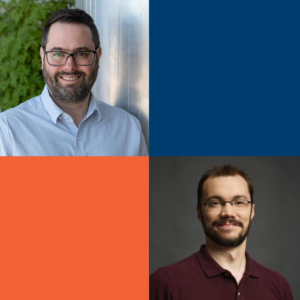
Benoit Gosselin and Alexandre Campeau-Lecours awarded an NSERC Alliance Missions grant of $992,000
Benoit Gosselin, Full Professor in the Department of Electrical and Computer Engineering, and Alexandre Campeau-Lecours, Associate Professor in the Department of Mechanical Engineering, are awarded an Alliance Missions Grant from the Natural Sciences and Engineering Research Council of Canada (NSERC) in the amount of $992,000. Together with their collaborators at the University of New Brunswick and the University of Oslo, they will develop a new generation of myoelectric hand prostheses driven by data and artificial intelligence. This international project also counts on the participation of BIO6, a technology company in Quebec City, as well as the CIUSSS de la Capitale-Nationale. For more details, read the article published by Université Laval (in French).
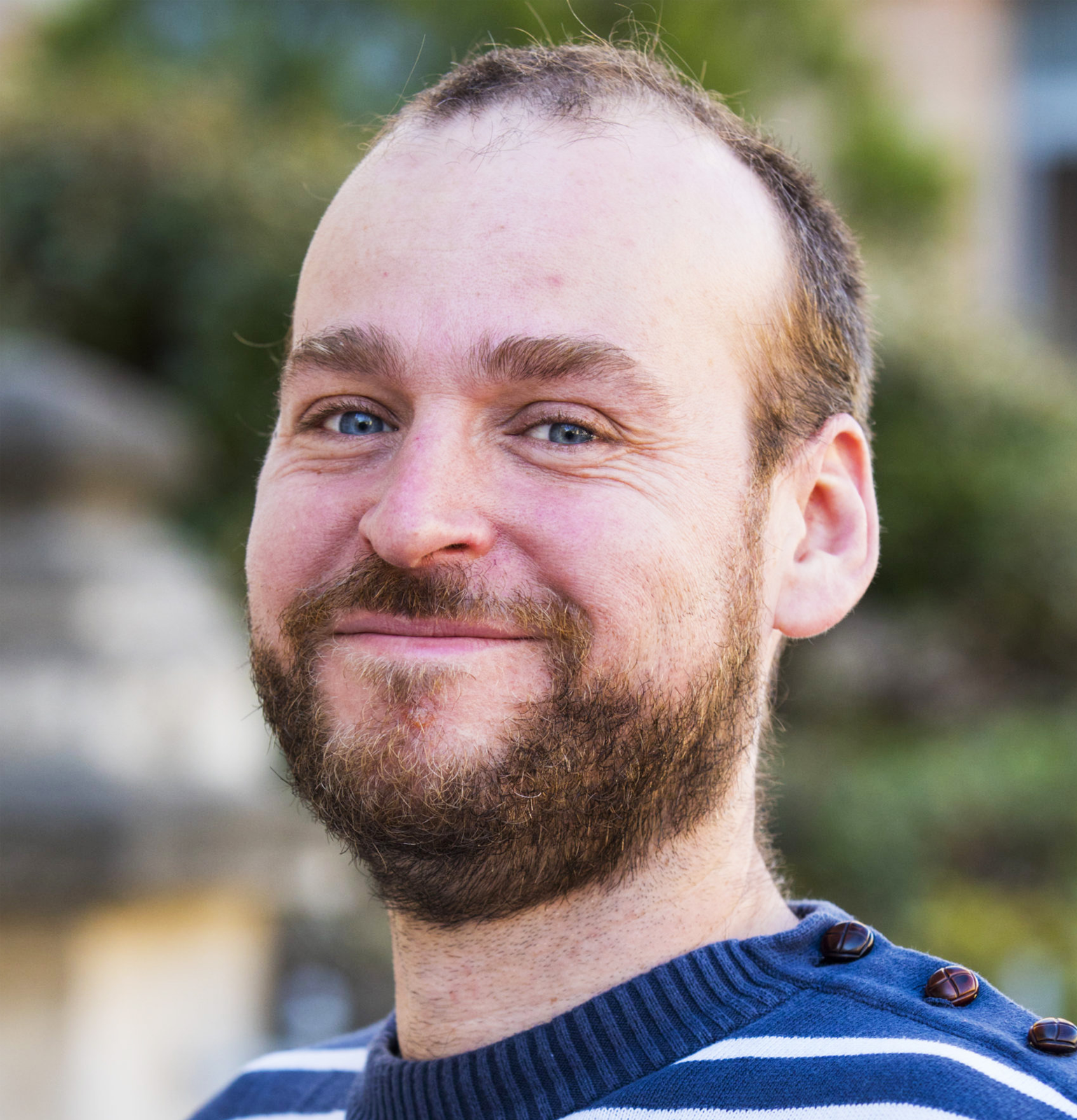
Lecture by Philippe Fournier as part of National Hearing Day
Philippe Fournier is an audiologist an assistant professor in the Department of Rehabilitation at Université Laval’s Faculty of Medicine and a regular researcher at Cirris. He gave on May 3rd a conference on teleworking and acoustic shock as part of the National Hearing Day, This year’s theme was “Noise pollution: everyone’s business, everyone’s health”. Listen to his lecture (in French) on YouTube
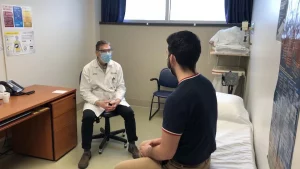
What do we know about the long COVID? Radio interview with Gilles Drouin
Post-COVID-19 syndrome, commonly referred to as long COVID, manifests as symptoms that persist for months after infection. However, the resources devoted to combating this condition are limited. According to available studies, at least 9,000 Quebecers suffer from post-COVID-19 syndrome. Gilles Drouin, a research professional who works on Professor Jean-Sébastien Roy’s team at the Cirris, studied the sequelae related to this syndrome. Listen to his interview (in French) with Claude Bernatchez, on the show Première Heure, which aired on February 16th.
PHOTO CREDITS: Centre intégré universitaire de santé et de services sociaux de l’Estrie – Centre hospitalier universitaire de Sherbrooke
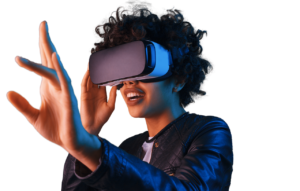
Discover OVA, the studio behind StellarX®, a metaverse creation tool
Most of the immersive environments that exist today have been developed by teams of technical people with programming experience. The steep learning curve and the difficulty of creating 3D content have limited the amount of content available.
StellarX® is a metaverse creation tool for non-pro-users. Harold Dumur, founder & CEO of OVA, recently presented this tool and his company to the Cirris team. His goal? Propose a creation tool accessible to non-programmers to develop their own virtual environment. With a simple drag and drop, 3D content is made accessible to a wider audience, including for research.
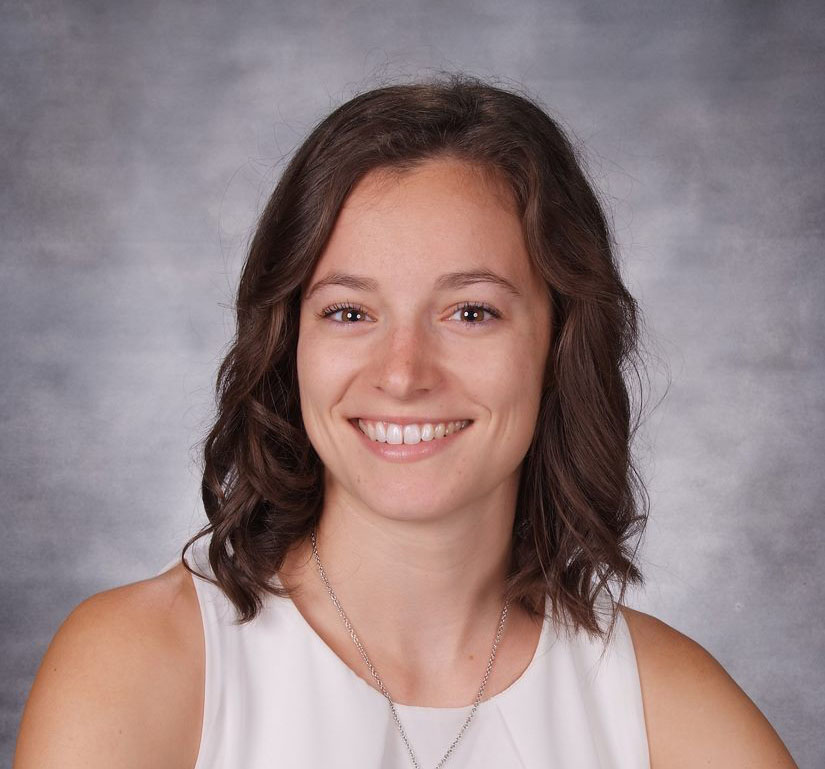
A Cirris student presents her research on Radio Canada’s Moteur de Recherche
Rose Gagnon, a doctoral student under the supervision of Dr. Kadija Perreault and Dr. Luc Hébert, and winner of the FRQS Jacques-Genest Emerging Star Award last November, presented (in French) her research topic on Radio Canada.
Her work around Un modèle novateur, l’offre de services de physiothérapie dans les urgences du Québec (An innovative model, the offer of physiotherapy services in Quebec’s emergency departments) aims to facilitate the care of certain patients to relieve emergency room congestion.
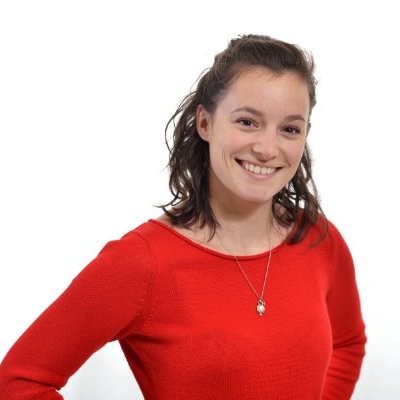
Cirris student wins FRQS Jacques-Genest Emerging Star Award
Congratulations to Rose Gagnon, a PhD student under the supervision of Dr. Kadija Perreault, for her award-winning paper published in Academic Emergency Medicine.
The Relève étoile competition showcases the excellence of advanced research.
The subject of his article (Direct-access physiotherapy to help manage patients with musculoskeletal disorders in an emergency department: Results of a randomized controlled trial) evokes the presence of physiotherapists in the emergency room in some countries. Rose Gagnon’s study aimed to verify the effects of such care on emergency room congestion but also on the well-being of patients. The results of this project have been positive: they have helped to provide the best possible care for a musculoskeletal disorder by speeding up management, reducing emergency room congestion and the number of patient visits.
